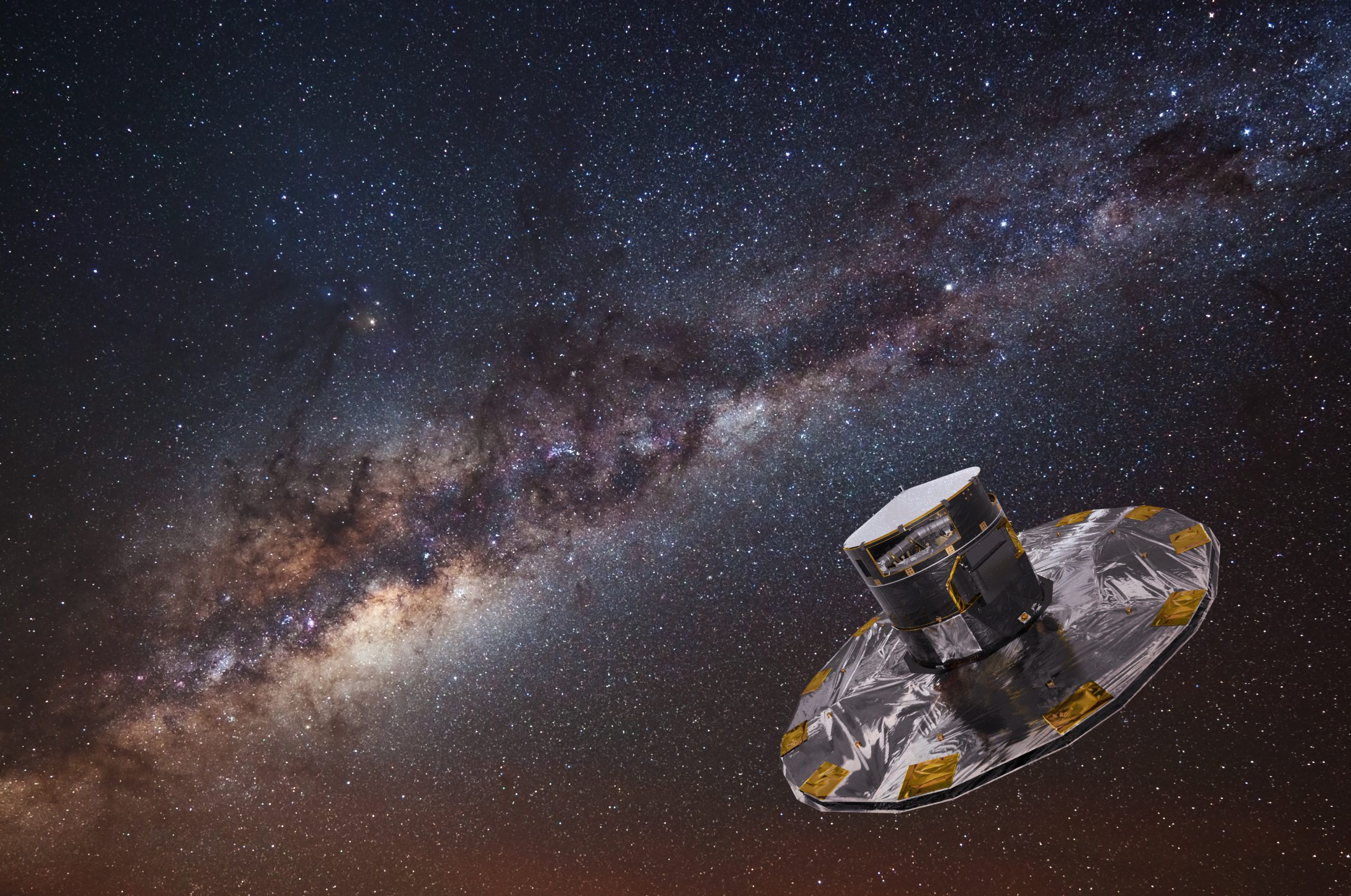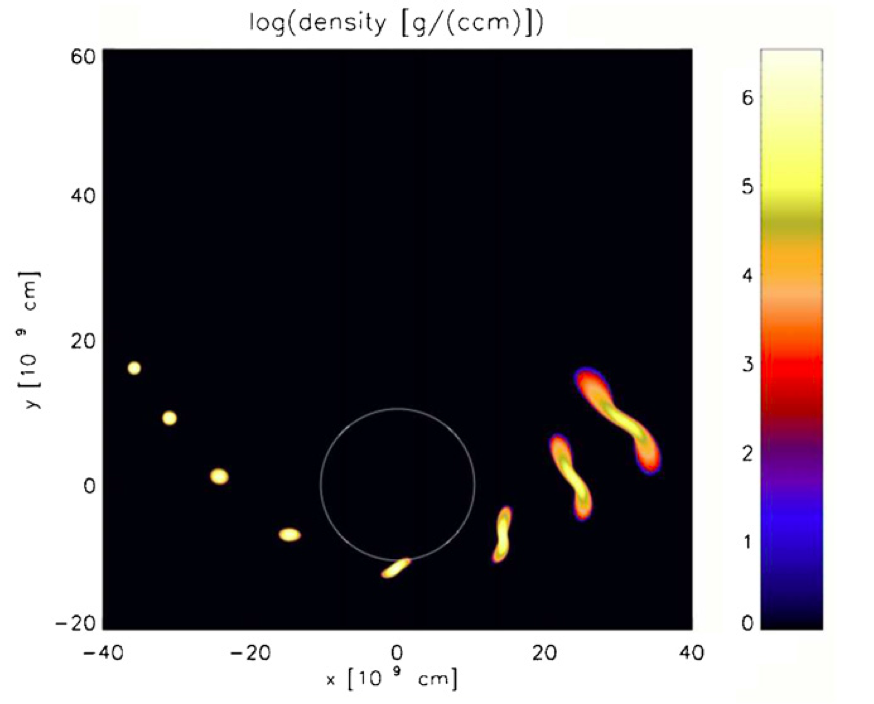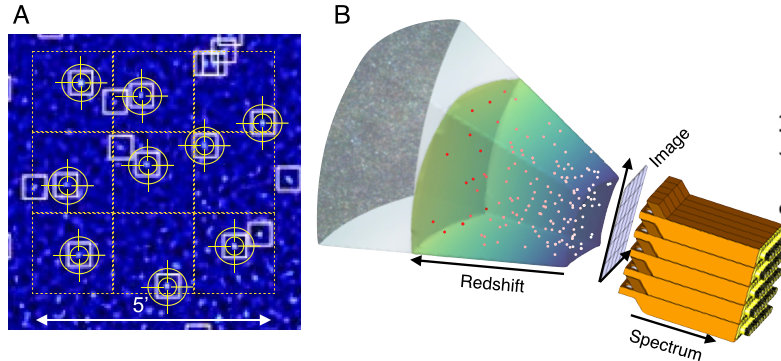The European Research Council has awarded SRON researchers Jochem Baselmans (2.4 million euros) and Peter Jonker (2 million euros) prestigious research grants for independent groundbreaking research. Jonker will chase intermediate-mass black holes to find out if they really exist. Baselmans will develop a revolutionary instrument to measure the redshift of submillimeter galaxies, distant galaxies that are responsible for the cosmic infrared background radiation.
Baselmans and Jonker have both been awarded an ERC Consolidator Grant that enables top researchers to consolidate their independent research program and/or research group. With this funding instrument the ERC wants to strengthen new excellent research. Baselmans and Jonker can use this European grant to appoint new and highly promising researchers over the next five years.

Intermediate black holes: elusive in-betweens
With his group, Peter Jonker will tackle one of the greatest mysteries of high-energy physics: do intermediate black holes actually exist? Astronomers think that these elusive in-betweens – with a mass of hundreds to hundreds of thousands times that of the sun – must have developed in the early universe from the first generation of superstars or enormous gas clouds that collapsed into black holes. The space around galaxies should therefore be full of them. That also applies to the space around our Milky Way. Although there are now strong indications for the existence of intermediate black holes, direct evidence is still lacking.
Jonker therefore wants to use ESA’s new space telescope Gaia and the largest telescopes on earth to study objects and phenomena that can only have evolved due to the influence of intermediate black holes. This includes hurled away ultra-compact dwarf galaxies, red supergiants that feed extremely clear X-ray sources and white dwarfs torn apart by tidal forces. Jonk is searching for stars that are located within the sphere of influence of candidate intermediate black holes. By measuring their movements he can determine the mass of such intermediate black holes.

Jonker: “Finding irrefutable evidence for the existence of an intermediate black hole is in itself a major scientific breakthrough. But the research might also have far-reaching implications for the search for signals from dark matter particles. Intermediate black holes lie at the basis of cosmic disasters that cause gravitational waves. Finally, intermediate black holes form a significant part of the growth nuclei and building blocks of supermassive black holes.”
Listen also to the interview (in Dutch) with Peter Jonker on Campus Blog (School for Journalism).
Redshift instrument simultaneously measures 25 galaxies
With his group, Jochem Baselmans will work on the development, construction and commissioning of MOSAIC (Multi Object Spectrometer with an Array of superconducting Integrated Circuits). MOSAIC will be a revolutionary instrument that can simultaneously measure the emission spectrum of 25 submillimeter galaxies over a considerable bandwidth. Current instruments cannot do this and that makes a systematic study of the enormous number of submillimeter galaxies an impossible task.
Baselmans: “Submillimeter galaxies emit radiation at wavelengths between infrared and radio waves and are responsible for the cosmic infrared background radiation. We know very little about these galaxies because we cannot observe these in other wavebands. MOSAIC enables us to simultaneously measure detailed spectra of many of these galaxies in the submillimeter waveband, which will enable us to learn about the evolution of galaxies and to measure the distance to these galaxies.”

The heart of MOSAIC consists of an array of 25 pixels that capture submillimeter radiation in a frequency area of 325-905 GHz. Each pixel has an antenna, which is capable of adjusting the direction of observation. This enables MOSAIC to independently direct each pixel at an individual galaxy. Behind the antennae there is a high-resolution spectrometer (R=500) that measures the spectrum of the galaxy. All of these functionalities have been combined in a single chip, which is based on superconducting nanotechnology. This is what makes MOSAIC technologically possible and unique.
MOSAIC will be developed in collaboration with Delft University of Technology and the Leiden Observatory. The observations will be made at the Japanese telescope ASTE in Chile.


